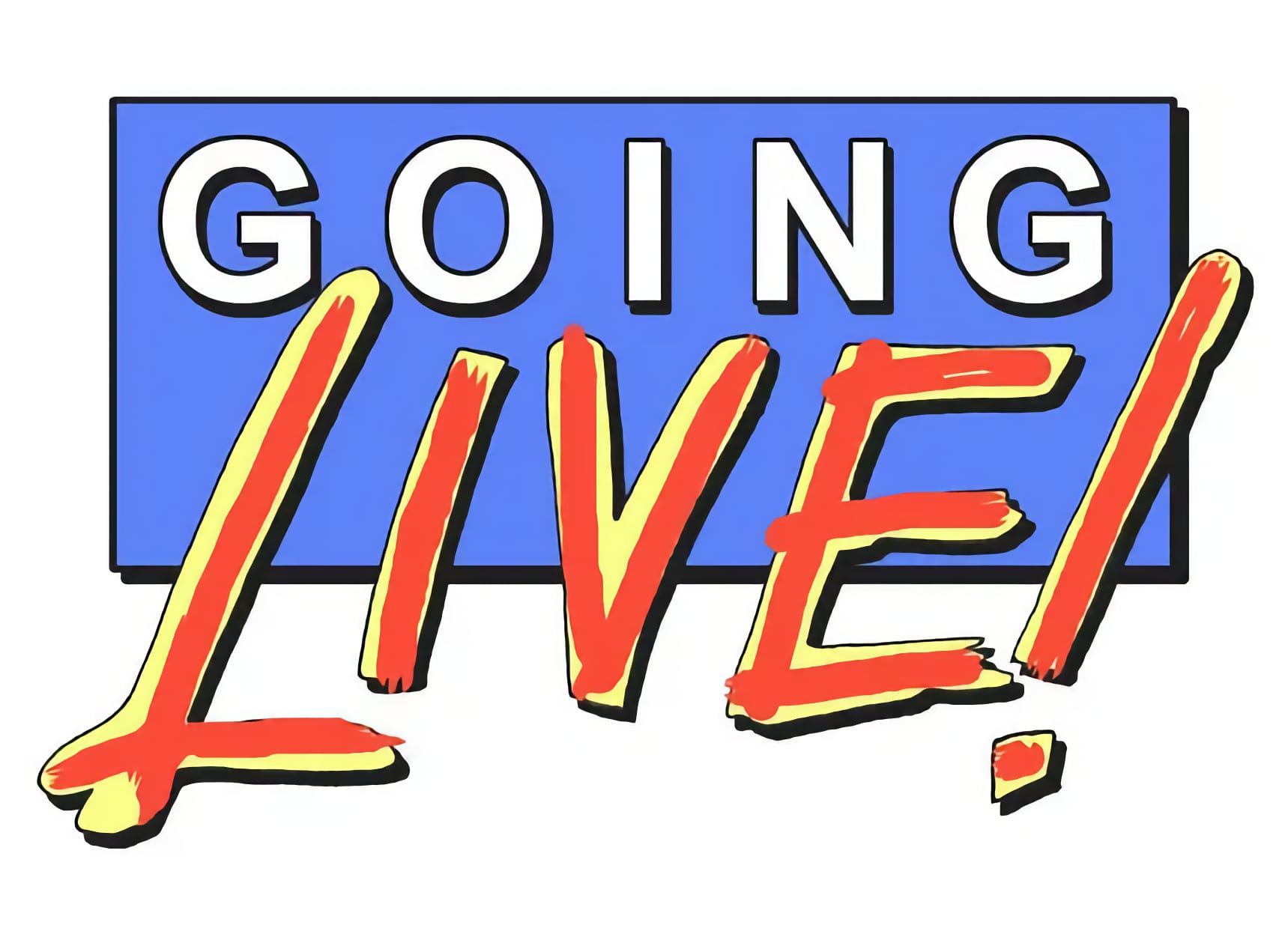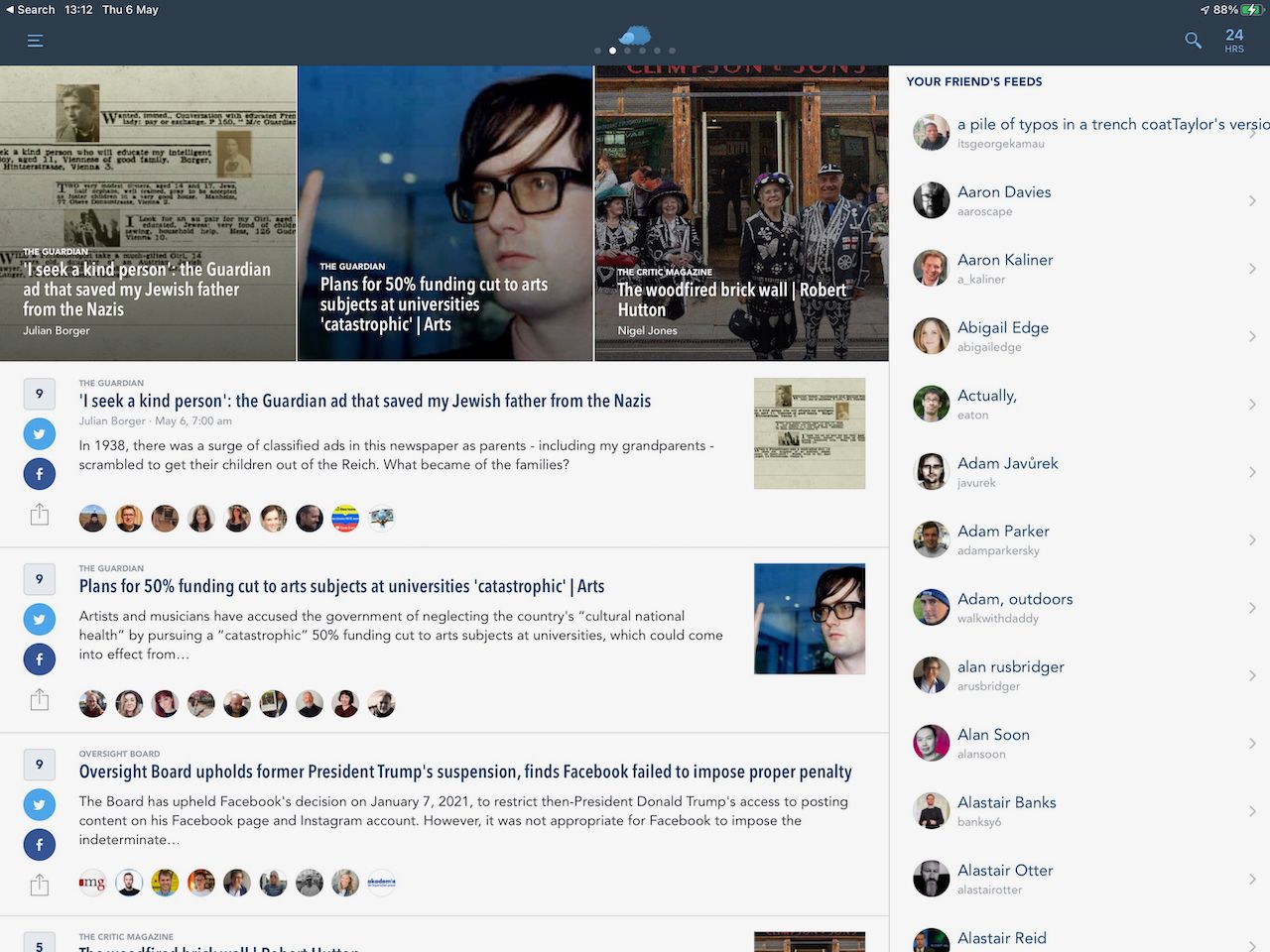Twitter is regenerating — time to start paying attention again
Twitter launching Spaces and acquiring Scroll shows a new vision of the service coming together. But let's pour one out for Nuzzel (RIP), too.

Twitter is still fundamentally the same product I started using nearly 15 years ago. The heart of the service is a stream of size-limited text messages from people you follow. Many of the innovations we’ve come to associate with the product — like @replies and retweets — were actually created by users. That timeline has been tweaked, you can shove more kinds of stuff into it now, and the sort of apps we use to access it have changed over the years.
But it’s recognisably the same company, doing the same thing.
That’s in the process of changing. Two pieces of news this week give us the outline of where it’s going, and I want to take a little time to dig into that, and why we should be paying attention.
This week's Twitter news
Here’s the key changes:
- Twitter’s audio rooms are now available to anyone with over 600 followers
- The company has acquired Scroll, a startup based around delivering a better, paid news reading experience to customers.
They point towards a new vision of Twitter. The feed remains central to what it does, but around it are a set of tools that make it easier for users to consume articles and newsletters from creators, and to engage with them in other ways on the platform. Equally, creators who are good at building an audience and keeping their attention on the platform will have new ways to turn that attention into cold, hard cash.
Many platforms have launched themselves off the back of the graph of connections we build on Twitter. Meerkat and Medium did it, and even Substack used high attention followers as a signal to reach out to people with Substack Pro deals. Now — finally — Twitter is getting in on that game itself.
Going Live on Twitter

Twitter has made Spaces — its Clubhouse-like audio room feature — available to anyone with over 600 followers. This is exciting, as I finally get to play with it usefully. I have four Twitter accounts, and only one of them had access to the feature — the account I never use.
This has potential as a great audience engagement tool, if you already have an active following on the bird site. Big news event happens, go live quickly and easily to discuss it with your followers, building that connection with them, and reinforcing your title as the go-to place for these discussions.
The advantage that Twitter has here is that people are already on Twitter, and can easily jump into the session, by popping their headphones on. With Clubhouse, you have to actively move people over there. Right now, if you want to do more with your followers, generally you need to push them out of Twitter, and into another app (and yes, I’m counting the web as another app in that). Occasionally, that’s desirable — we build a lot of audience engagement on the ability to do that. But equally, we just want to quickly engage with our audience around a key topic — and this is a new tool for delivering that.
The Clubhouse Question
Meanwhile, Clubhouse’s hype bubble is deflating pretty quickly. Downloads have dropped from 10 m in February to under a million in April. That’s not as bad as it looks — at 10 m downloads a month, you run out of people pretty quickly. But equally, to see growth slowing as competitors emerge is something to watch.
There is, of course, a serious question about the long-term future of the app. After all, the early mobile video live-streaming apps, Periscope and Meerkat, are long gone. Clubhouse could easily suffer the same fate.
Look at it this way: for most people broadcast live video is a tool, not an app. If you want to go live, you go to Facebook or YouTube. However, if you want to build a community and become known for your streaming, you head to Twitch or Discord. That’s the way live audio is heading: for most of us, we’ll go live on Facebook, Twitter or LinkedIn, depending on where we have the connections, and who we’re trying to reach. Clubhouse will have to turn itself into the Twitch of the live audio space.
Live audio: a tool and a destination?
Meanwhile, I’m really looking forward to seeing what people do with Twitter spaces. Here in the UK, we’re in the midst of a big election day. It’s not a general election, but there are enough votes across the country that it’s going to be taken as a measure of the political landscape right now.
I’m really hoping to see some interesting Spaces pop up late in the evening, and into tomorrow as the results come in. After all, nobody owns the intersection of journalism and politics like Twitter…
An ironic diversion
All of this, amusingly, puts Twitter back into the audio game. What do I mean by “back”? Well, the company that is now Twitter had its roots in a podcasting startup called Odeo, that was founded by Ev Williams after he sold Blogger to Google. I thoroughly recommend the book Hatching Twitter by Nick Bilton if you want to know that story.
Twitter acquires Scroll and kills Nuzzel

Talking of Ev Williams, it’s clear since Twitter acquired the email platform Revue that it’s building towards a future as a marketplace. The main Twitter feed is a place where readers can discover creators and consume their work — and those creators can derive revenue from that. William’s Medium seemed like an obvious play to build value around a Twitter following, but after numerous pivots, the link between the two platforms is all but broken. Time for Twitter to do that itself.
The news that Twitter has bought Scroll, a service that attempted to provide a better rendering experience and revenue to publishers, is a key step towards that revised vision of Twitter. It’s another piece of the toolset that will make it the best place for creators and consumers of written content to meet.
This is all rather disconcerting: social media acquisitions used to be all about the team, or killing competition, but to see Twitter acquiring a coherent set of tools that could radically expand the utility of the core product?
That’s new.
News as part of your Twitter subscription
Scroll was and is a good idea: charge readers $5 per month, and distribute that among partner publishers whose content they consume. Now, that’s going to be part of Twitter’s forthcoming subscription offering:
As a Twitter subscriber, picture getting access to premium features where you can easily read articles from your favourite news outlet or a writer’s newsletter from Revue, with a portion of your subscription going to the publishers and writers creating the content.
This has some resonance with Apple News and similar services: it will be egg white revenue for publishers. They’ll still want direct relationships with their most engaged readers, and to develop out their audience revenue models. But this is a way of deriving revenue from people who will never become your direct supporters.
Publisher pushback
Scroll couldn’t get enough traction with this idea on its own. As the Scroll blog post on the acquisition put it:
However, we’re not moving fast enough. Every journalist that loses their job, every newsroom sold to unworthy owners diminishes the great conversation of which we are a part. That is why, when Twitter approached us about accelerating our mission we began to get very, very excited.
As Om Malik suggests, there’s still some resistance to the idea of these sorts of services:
A lot has to do with the media industry and its bureaucratic disfunction. The fact remains that destination viewing of media is becoming a habit only reserved for a fading generation of readers. Discovery, distribution, and consumption of media have taken on a different meaning. And believe it or not — Twitter is smack in the middle of this Venn diagram.
This Twitter subscription offering is going to be very intriguing.
Nuzzel: requiem for a power-user tool

However, there is one casualty of the deal. Today, Nuzzel dies, and I mourn it.
It was a simple idea, gracefully executed. Peek into the Twitter API (and LinkedIn and Facebook, too), look for links being shared by people you follow, and rank them by number of shares in your network. It was an insanely time-efficient way of catching up with important news, the 21st century equivalent of a cuttings service.
On days when I didn’t have the time to pay attention to Twitter, it was invaluable to me: I could open it and find out which links were getting the most traction in my network, and quickly catch up on the things I needed to know. It made Twitter a valuable resource to me, even when I wasn’t reading or posting there much.
And it’s dead. And I grieve.
I’m far from alone. John Gruber is mourning it, too:
It’s a remarkably effective way to find good articles. If I had to guess, I’d say I’ve posted thousands of linked list items here on Daring Fireball that discovered via Nuzzel over the years.
He’s also rounded up some quote from tech industry types who will miss it. Two newsletters I used to read regularly — Mathew Ingram’s and Kevin Anderson’s — were powered by it, but both have switched to Twitter-owned Revue — and a more manual and time-intensive caution process, I would imagine.
However, there is a glimmer of hope. Here’s Tony Haile, CEO of Scroll, which had acquired Nuzzel some years ago, on its future:
[…] Twitter has spun up an internal team of Nuzzel acolytes whose goal is to take the best of the Nuzzel experience and build it directly into Twitter. Nuzzel users who are interested in helping us define what that should look like or get early access to what we build should sign up here.
For some of us — the news power-users and creators — that would be a service worth the Twitter subscription fee on its own.
Twitter quick links
- 🎧 Oooh, a podcast from Twitter research
- 😌 Is this an attempt by Twitter to bring some social cooling to the platform?
- 🌄 Big pictures pretty.
And Finally…
I have nothing useful to add to the Trump/Facebook/Oversight Board discussion. But this did make me laugh…
Today I’ll be mostly sifting through the many, many Trump/Oversight Board takes (good and bad) for a special edition of tomorrow’s newsletter. Please keep me in your thoughts at this tough time https://t.co/SqnMyIVo5n
— Ben Whitelaw (@benwhitelaw) May 6, 2021





